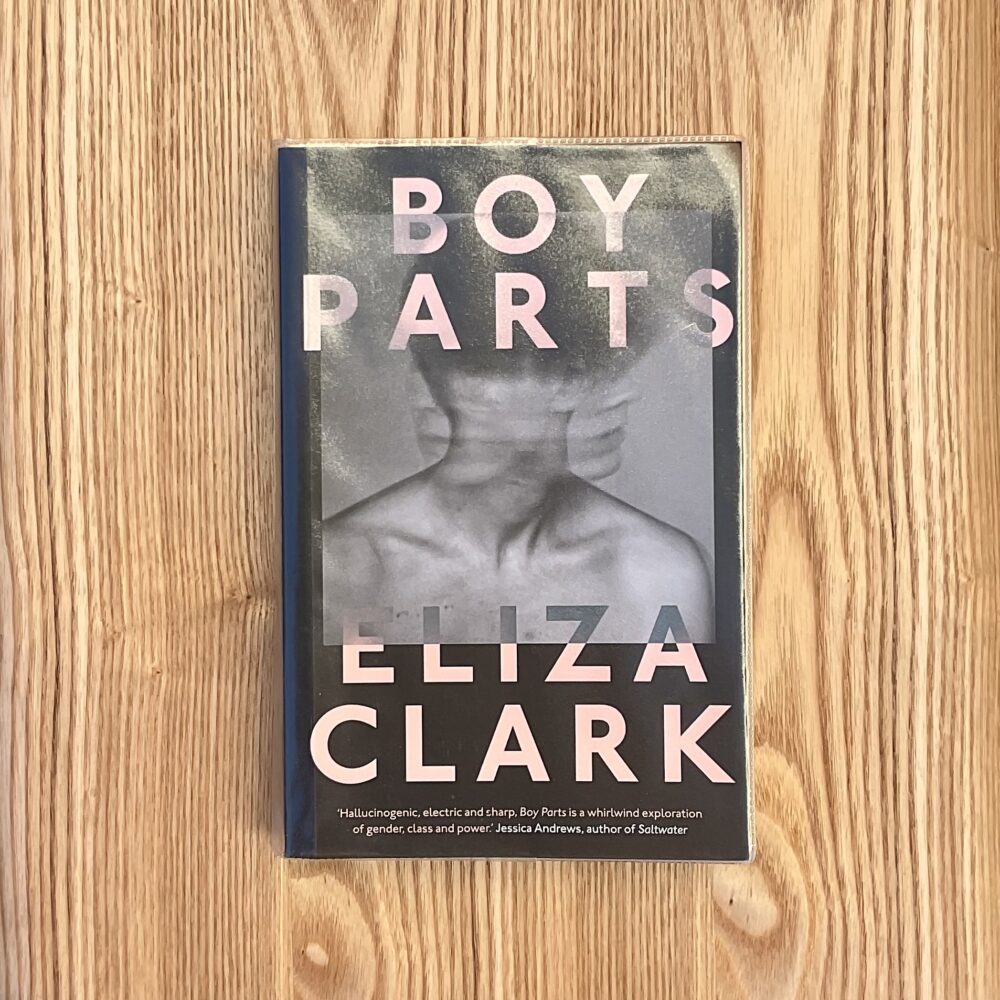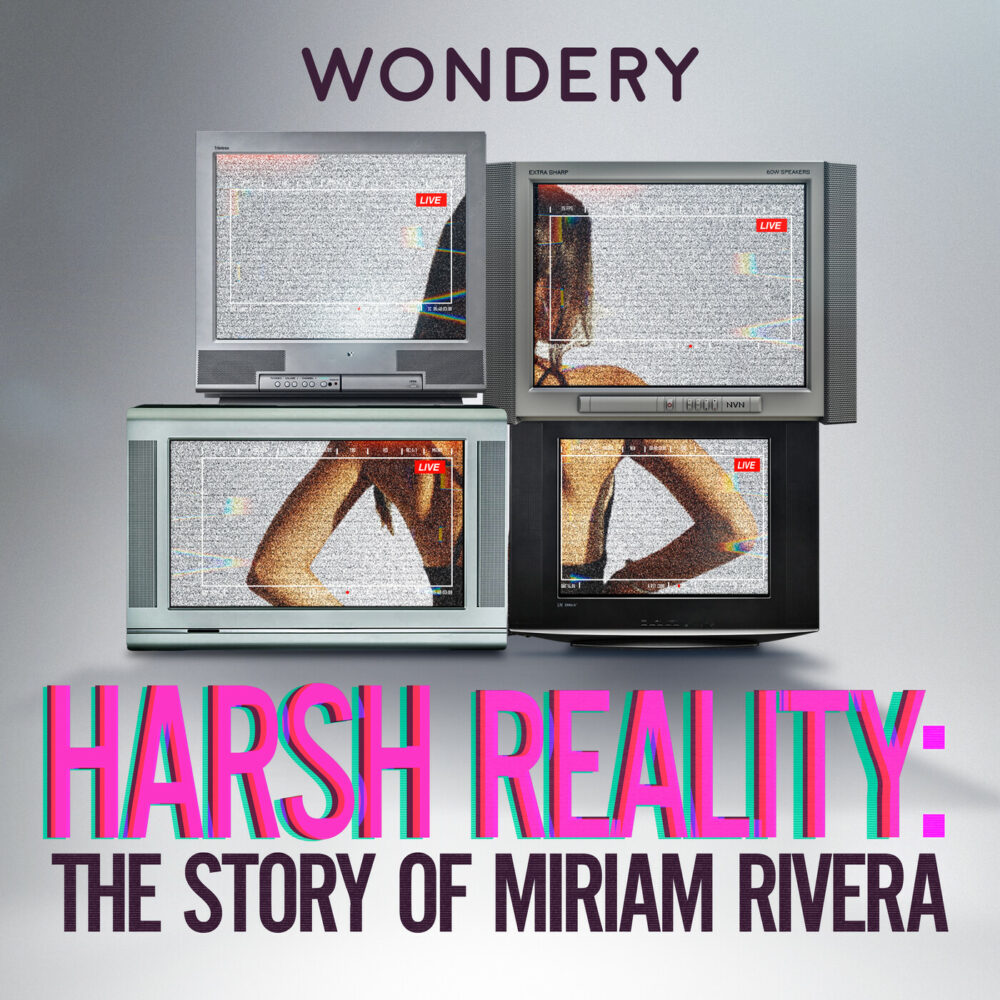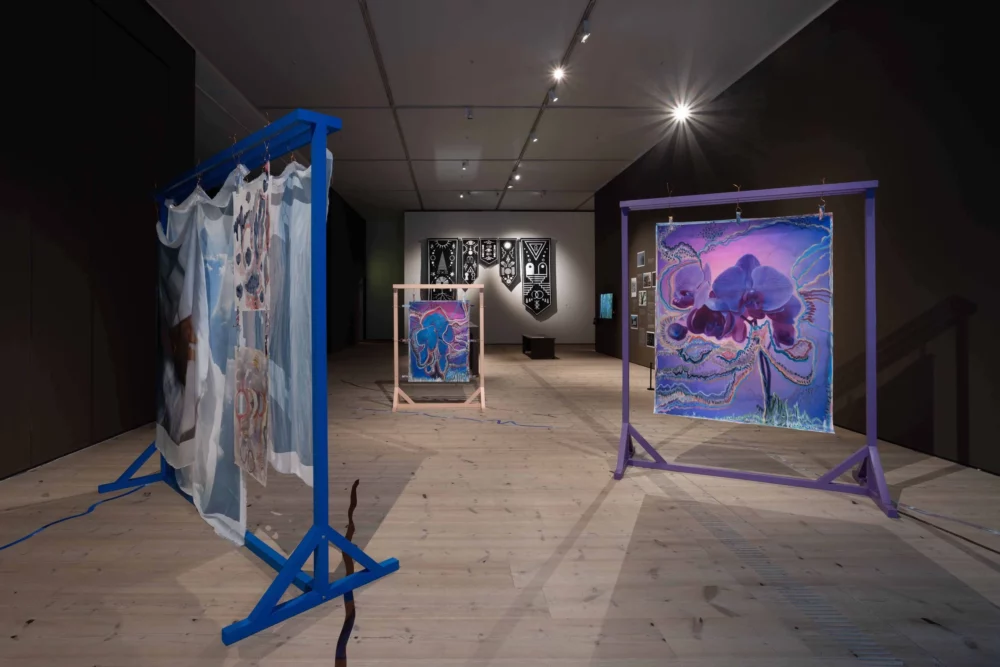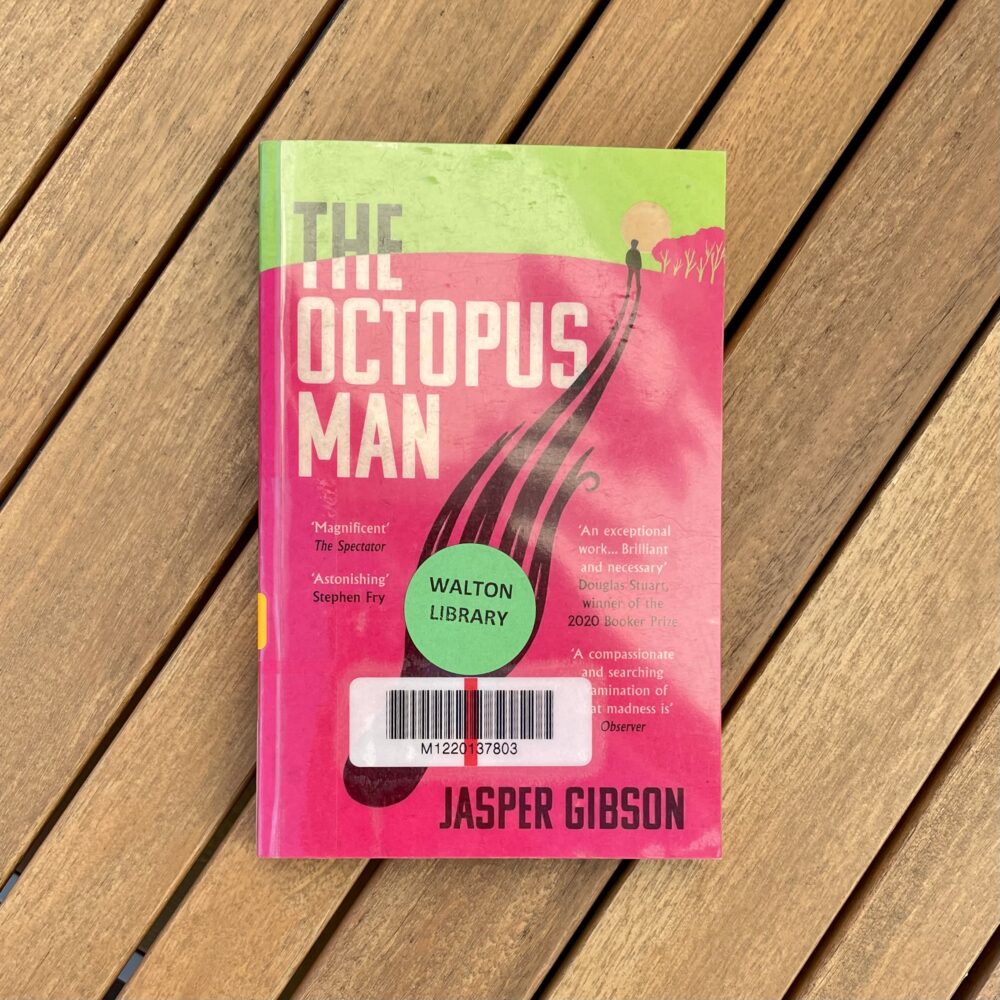I’ve been to visit ‘The Horror Show!’
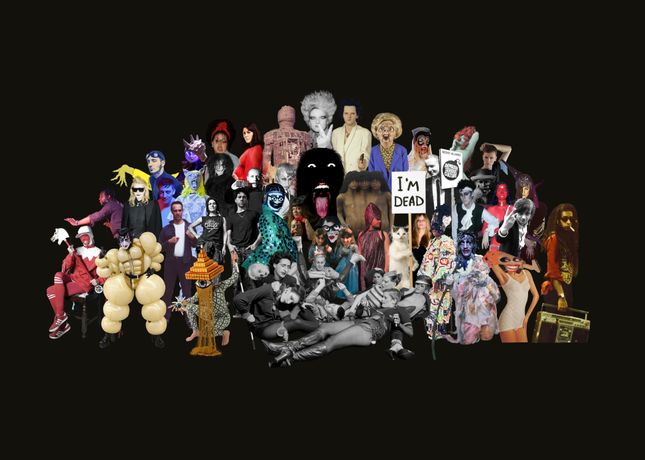
This exhibition at Somerset House aims to demonstrate how artistic rebellion in Britain in the past fifty years has been rooted in horror. It groups a range of works into three stereotypical horror genres: monsters, witches and ghosts.
I wasn’t convinced. It felt a bit forced, and bringing the objects together didn’t really help me to interpret them in any new or different way.
In a way, it reminded me of my recent experience of watching The Menu, a film sometimes classified as ‘horror’ but which contains so much more. Had I seen the horror label, it would have put me off the film, as I would have thought it was an entirely different sort of film.
Anyway, the exhibition had four objects that particularly stood out to me—in addition to the inclusion of wonderful examples from Scarfolk Council, which I’ve seen and enjoyed many times before.
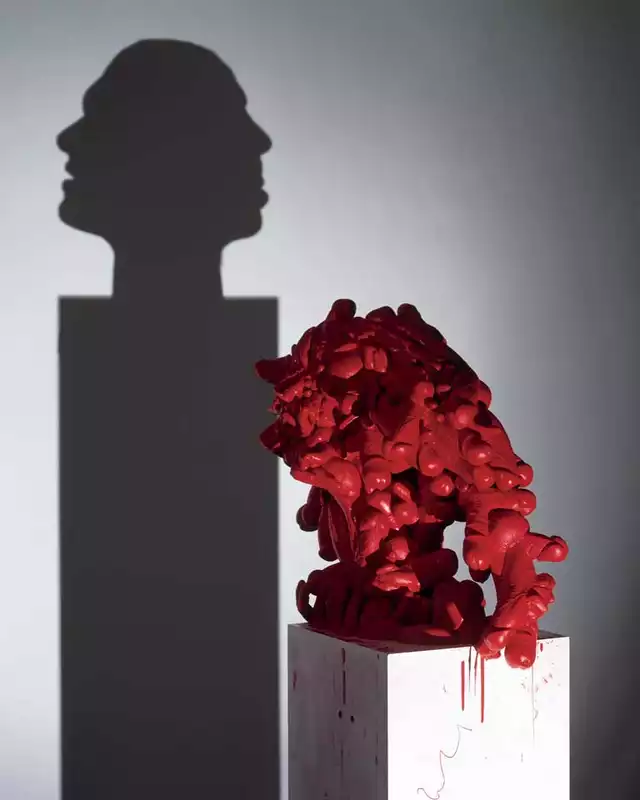
Bloody Haemorrhaging Narcissus by Fim Nobel and Sue Webster is a 2009 sculpture which appears under direct view to be an amorphous blob of bloodied penises and fingers. It casts a shadow which appears to be of two male statuesque faces. It seemed to me to be a critique of the societal values that result in the sort of statues captured by the shadow, and to foreground the toxic masculinity and patriarchal violence that often essentially put them there.
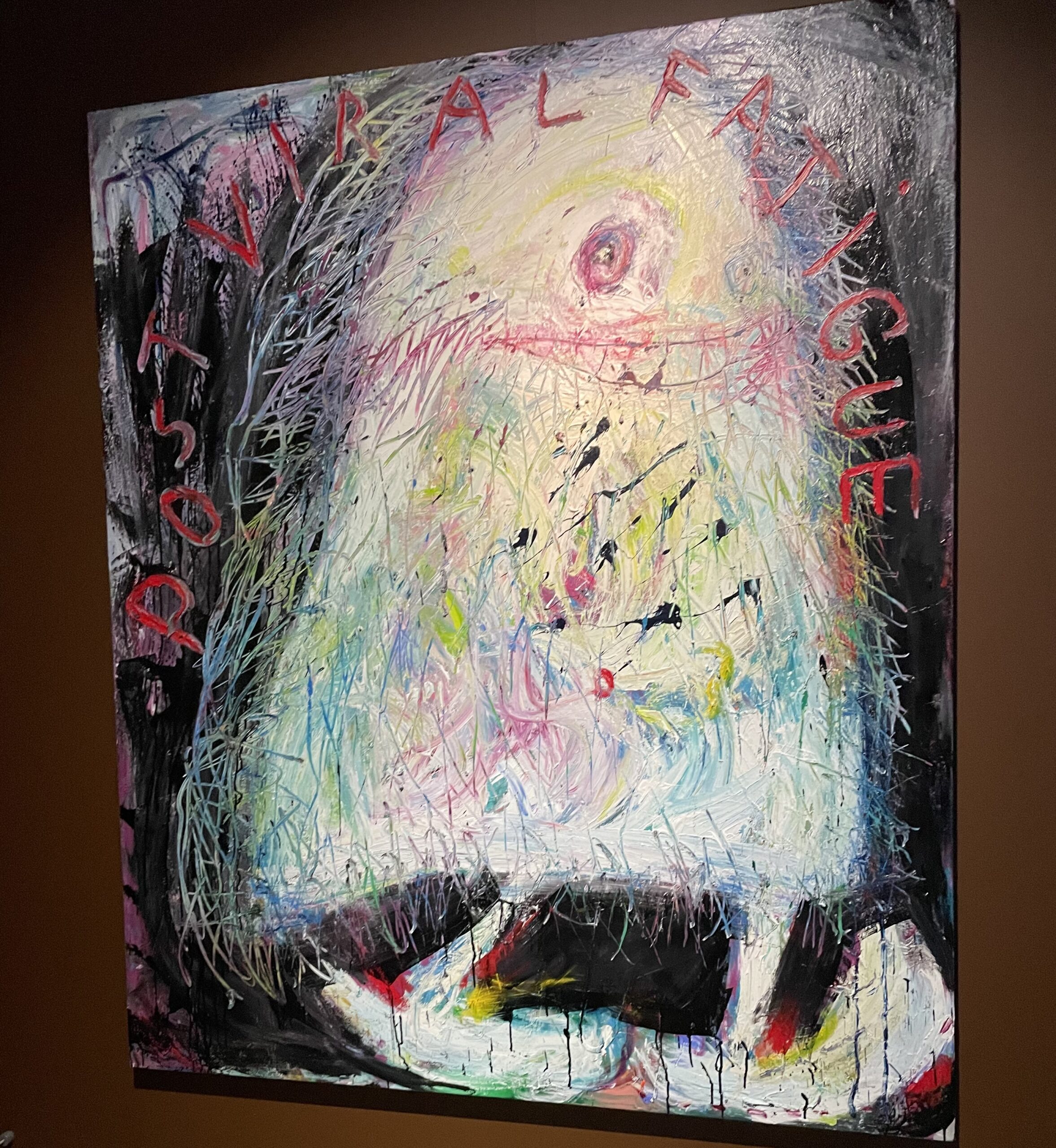
I could have stared at Post Viral Fatigue, Noel Fielding’s recent painting, all day long and still had more to see in it. The mood of the piece captures that feeling of, well, post viral fatigue. I’m not convinced that there’s much horror here; it’s felt more like commentary on the human condition.
This was displayed next to Bloody Haemorrhaging Narcissus, and I’m not certain that the juxtaposition added anything at all.
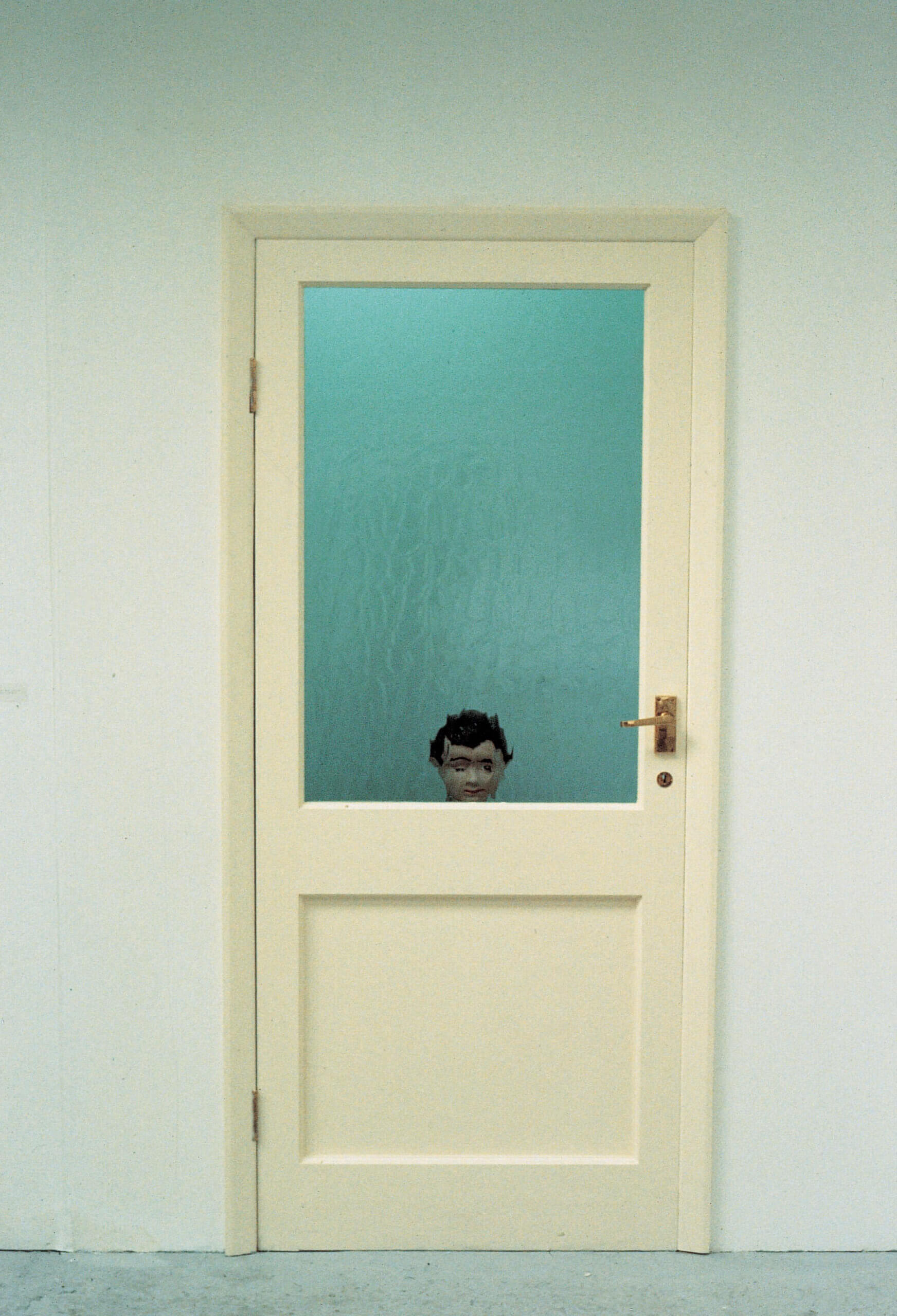
Kerry Stewart’s deceptively simple 1993 piece, The Boy From The Chemist Is Here To See You, is a life-sized charity collection box in the shape of a young boy (I realised I never see these in ’real life’ any more) placed behind a door with pebbled glass.
This is horror: every day and yet strange and threatening, like something out of a film. I loved the ingenuity of it.
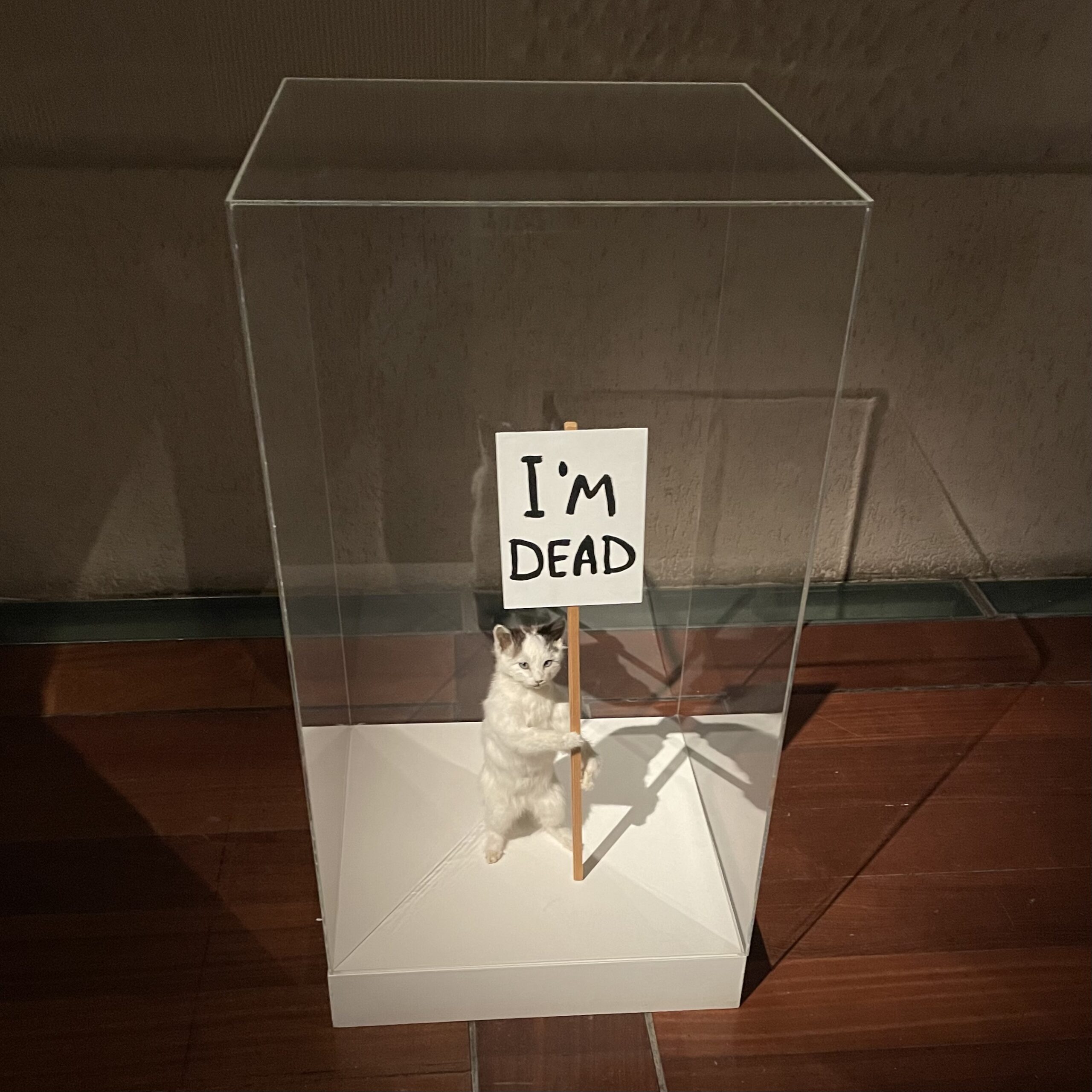
I like most of David Shrigley’s work, but I’d never seen his 2007 piece I’m Dead before: a taxidermy kitten holding a sign. I like the combination of whimsy and provocation. It made me think about the obvious nature of death, and the fine line between life and death.
This was displayed next to Stewart’s piece, and—again—I’m really not sure that the two have a meaningful connection, or that the juxtaposition adds anything.
’The Horror Show!’ continues at Somerset House until 19 February.
This post was filed under: Art, Post-a-day 2023, Travel, David Shrigley, Fim Nobel, Kerry Stewart, London, Noel Fielding, Somerset House, Sue Webster.

